The selection of tires and the adjustment of tire pressure are the two key elements that significantly influence the performance, handling, and comfort of your gravel bike.
Out of these aspects, tire pressure is the more straightforward factor to manage, and finding the optimal pressure for your gravel bike can greatly enhance your cycling experience.
In this comprehensive guide, we will discuss the importance of determining the correct tire pressure for your gravel bike and provide insights into the factors that can assist you in identifying the most suitable pressure for your needs.
While the ideal pressure may vary from rider to rider, depending on their bike and the type of terrain they frequent, it is relatively simple to approximate the appropriate range.
For additional advice on fine-tuning the tire pressure of your gravel bike, we consulted WTB and have shared some valuable insights from the brand below.
Table of Contents
Recommended gravel bike tyre pressures
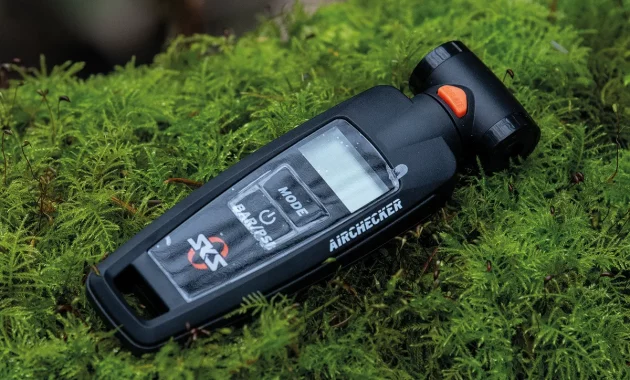
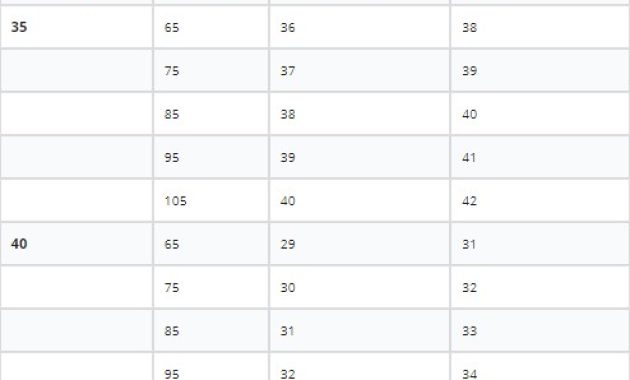
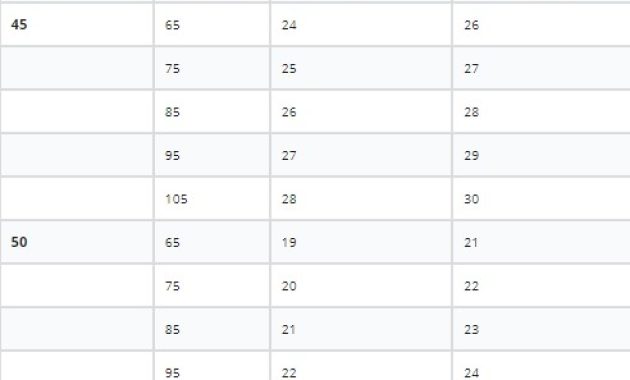
Certain tire manufacturers provide precise pressure guidelines or online calculators tailored to their gravel bike tire models based on your body weight. These resources can serve as helpful initial references.
After inflating your tire, it is advisable to measure its actual width. Gravel bike wheels come in different rim widths, and you may discover that the tire’s measured width differs from the stated size on the sidewall.
If the inflated tire width is wider than expected, it is recommended to use slightly lower pressure than the suggested amount, and conversely if the tire width is narrower.
It is important to take note of any maximum pressure limits specified by the rim and tire manufacturer, typically indicated on either the rim or tire sidewall. It is crucial not to exceed the lower of the two recommended measurements.
In the case of wheels equipped with hookless rims, the maximum allowable tire pressure may be significantly lower compared to rims with hooks.
Provided below is a table displaying recommended tire pressures for various system weights and tire widths in gravel biking. This data is compiled based on our expertise, input from tire manufacturers, and recommendations from tire pressure calculators.
It is essential to emphasize that these figures serve as starting points only. We encourage riders to experiment with different pressures to determine the most suitable gravel tire pressure for their individual preferences.
Furthermore, regular pressure checks before each ride are essential, as tires naturally lose pressure over time.
Other key points to consider
Before we dive into the specifics, let’s take a moment to understand why fine-tuning the pressure of your gravel bike tires is crucial.
Why is gravel tyre pressure so important?
Achieving the ideal tire pressure will enhance your gravel riding experience by making it smoother, more comfortable, and providing better grip on various terrains while lowering the risk of punctures.
According to WTB, “tire pressure is the primary method to adjust how your bike responds to different terrains.”
Optimizing tire pressure for gravel biking is also essential for reducing rolling resistance, which determines the amount of energy absorbed by the tires as they roll, consequently improving overall comfort.
In the event of insufficient tire pressure on your gravel bike, maintaining your desired speed will require more effort due to energy loss from tire casing deformation and friction between the tire and the ground.
Furthermore, inadequate tire pressure poses the risk of potential damage to the sidewall and rim. This can lead to instability as the tire shifts beneath you while riding, and in the case of tubeless tires, there is a heightened risk of “burping,” where the tire bead momentarily detaches from the rim, causing air to escape.
Conversely, excessive tire pressure can result in increased transmission of vibrations from the road or trail to your hands, diminishing comfort and wasting energy.
An over-inflated tire limits its ability to deform when encountering obstacles like rocks or roots, making it more susceptible to sliding. Additionally, a tire inflated beyond optimal levels may hinder speed as it is unable to conform to irregularities on the trail.
Harder does not always equal faster
While elevated tire pressures may create a sensation of speed, this perception is often misleading unless your gravel bike is solely used on smooth roads – and even then, it may not always hold true.
Beyond a certain threshold, heightened pressure levels can result in reduced grip, amplified high-frequency vibrations, and increased muscle fatigue.
WTB recommends, “If you are uncertain about the ideal pressure, it is advisable to begin with slightly firmer tires and gradually reduce the pressure until it feels optimal.”
Making minor adjustments to reduce pressure incrementally is more manageable than having to halt your ride to inflate the tire using a mini-pump.
What you’ll need
Ideally, a high-quality track or floor pump equipped with a built-in pressure gauge is essential for maintaining optimal tire pressure.
While it is not necessary to splurge excessively, it is advisable to invest in the best available option within your budget, considering that it will be used frequently over the long term.
For those looking to meticulously fine-tune their tire pressure, investing in a top-tier tire pressure gauge can also yield significant benefits.
How to choose the right gravel bike tyre pressure for you
The suggestions provided above are meant to serve as initial guidelines. Once you have established a baseline that feels suitable, we encourage you to explore and experiment further, taking into account the following factors to determine the optimal tire pressure for your gravel bike.
Tyre and rim width
Accurately determining the actual size of your tires is essential in determining the optimal tire pressure.
Despite tires being labeled with specific sizes, the inflated size of a tire can vary based on its design and the internal width of the wheel rim. Using digital vernier calipers provides the most precise method for measuring tire width.
The width of the rim and tire also influences the tire’s shape.
Wider tires typically perform better on wider rims. When a wide tire is mounted on a narrow rim, it may exhibit a lightbulb-shaped profile when inflated, while a narrow tire on a wide rim can appear overly square. Adjustments to pressures may be necessary to achieve the best performance – for instance, a wider tire on a narrow rim might require slightly higher pressure to prevent instability during cornering.
The tyre itself
Tires vary significantly due to manufacturers employing diverse construction techniques and materials.
When installing a new tire with the same width, it is unwise to presume that the same pressure setting will be ideal.
For instance, WTB specifies a recommended pressure range for its tires based on an average rider weight of 160 to 180lb. This guideline may not be applicable to tires from other brands.
Rider and system weight
A heavier rider will typically require a higher tire pressure compared to a lighter rider.
While the rider’s weight primarily influences the overall system weight, the weight of the bike and any gear or accessories being carried must also be considered.
For instance, if you have loaded your gravel bike with bags for a bikepacking adventure, you may need to increase the tire pressure accordingly.
WTB draws a comparison between tire pressures and fine-tuning suspension on a mountain bike. As a general rule, it recommends adding 2-3 psi for every 4.5kg (10lbs) of additional weight.
Similar to road bikes, a rider’s weight is usually not evenly distributed between both wheels. Typically, the rear wheel bears slightly more weight than the front wheel, necessitating a slightly lower pressure in the front tyre.
Terrain
The terrain you traverse plays a predominant role in determining the most suitable tire pressure for your gravel bike.
On well-maintained smooth gravel paths, higher pressure is often advantageous for increased speed. Conversely, lower pressures are recommended for wet, rooty off-road trails to enhance traction.
Opting for wider gravel tires provides a larger tire volume, offering improved grip and comfort.
For riders encountering a diverse range of surfaces, WTB recommends utilizing an intermediate tread pattern at a moderate pressure level to achieve optimal performance.
Tubeless
Many premium gravel bike tires are compatible with tubeless setups.
By eliminating the inner tube, riders can operate at lower pressures, reducing the likelihood of pinch flats. Tubeless tires offer enhanced grip and comfort as they allow for riding at lower pressures.
The pressure ratings indicated on tires are primarily designed for inner tubes, although this may vary. Generally, when using tubeless setups, it is permissible to run tires at pressures lower than the printed values. However, tire manufacturers typically caution that doing so is at the rider’s own risk.
According to WTB, all its aftermarket tires are designed for tubeless use, ensuring that the maximum and minimum pressure limits for each tire are already optimized. WTB advises against deviating from the specified pressure range.
Tyre inserts
Increasingly popular in the gravel riding community, tubeless tire inserts, a common feature in mountain biking, are gaining popularity.
These inserts can be a worthwhile investment for riders experiencing frequent flats and concerned about potential rim or tire damage. With tubeless tire inserts, riders can safely operate at even lower pressures, as the absence of an inner tube eliminates the risk of pinch flats, while the insert enhances stability against the tire.
Weather conditions and temperature
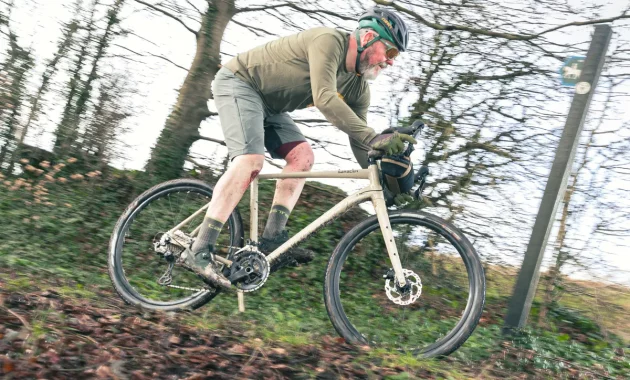
In wet trail conditions, lowering your tire pressure is advisable as it increases the rubber contact patch with the trail, thereby enhancing grip.
According to WTB, even a slight reduction of just 1-2 psi can yield a noticeable improvement in traction on slippery surfaces. However, it is important to exercise caution as most gravel rides encompass a variety of terrains. Therefore, while seeking enhanced grip in muddy conditions, it is crucial not to compromise performance and safety in other areas.
During winter gravel rides when trails are frozen and resemble hard-packed surfaces, you may opt for slightly higher tire pressure if you had previously been running lower pressures to adapt to muddy conditions.
- Mastering the Art of Solo Cycling: 10 Essential Tips for Success - February 28, 2024
- Core Training for Cyclists : Transform Your Ride - February 27, 2024
- 10 Ways to Enhance Your Breathing for Better Cycling Performance - February 26, 2024

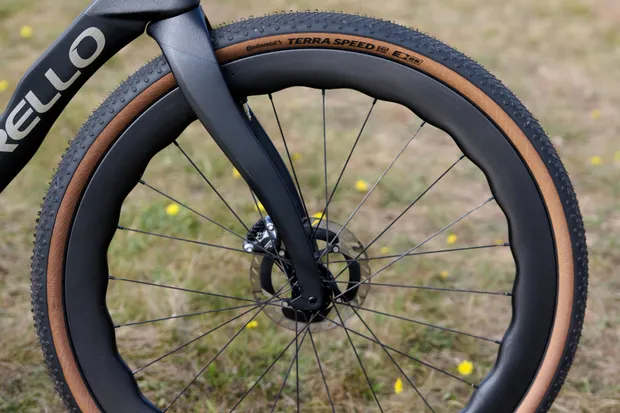
1 thought on “Gravel bike tyre pressure explained – Recommended pressures and key points to consider”